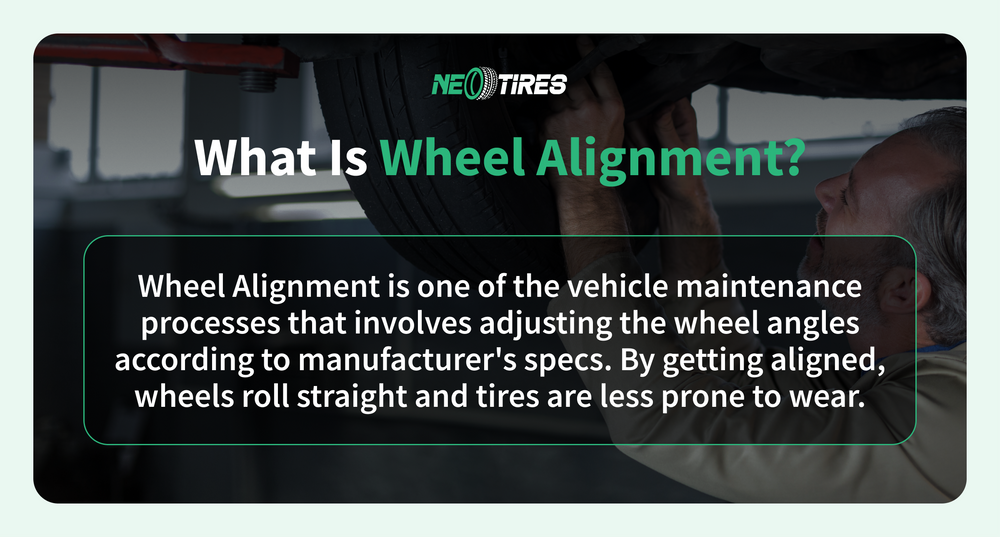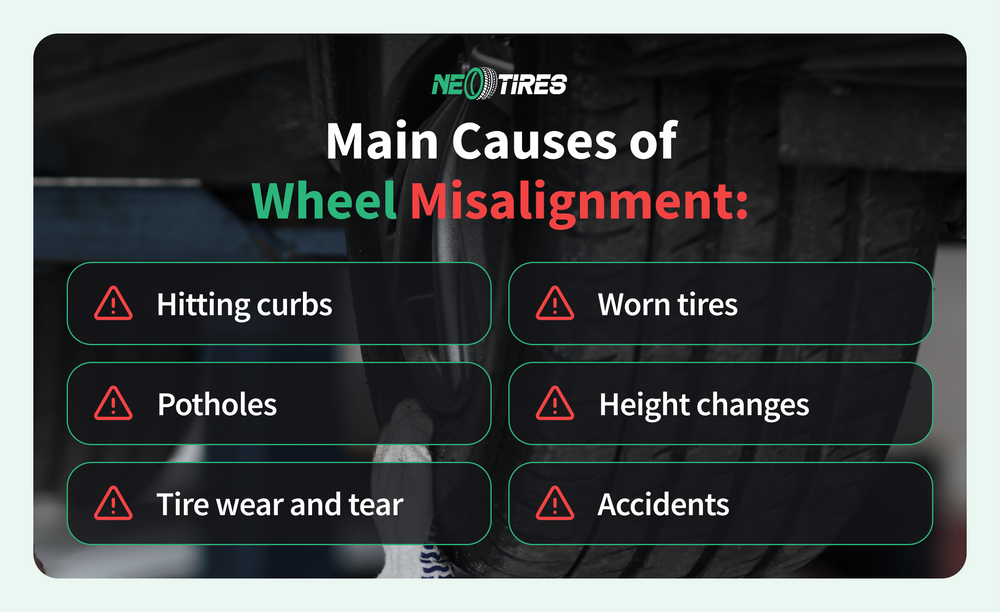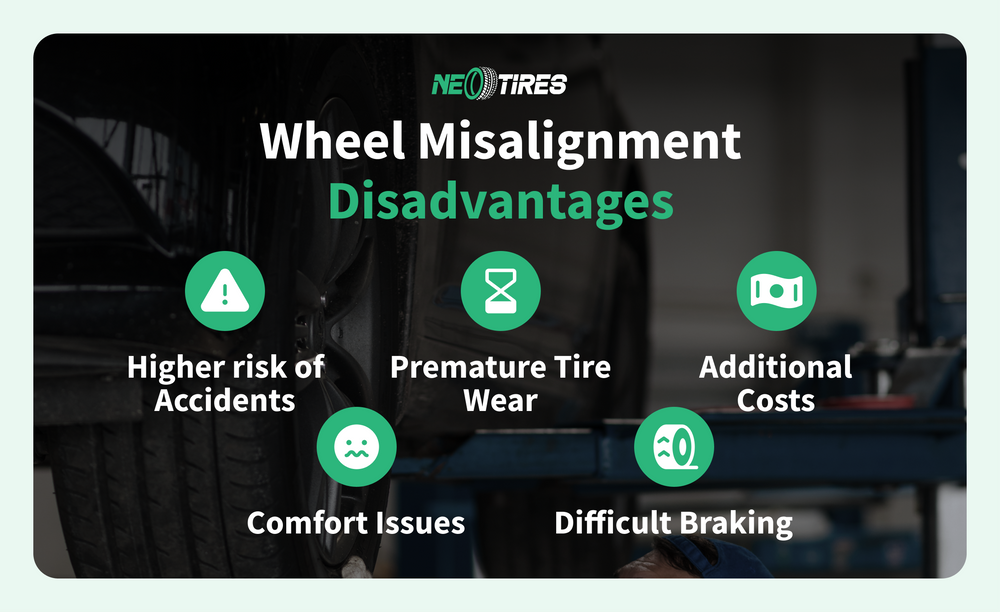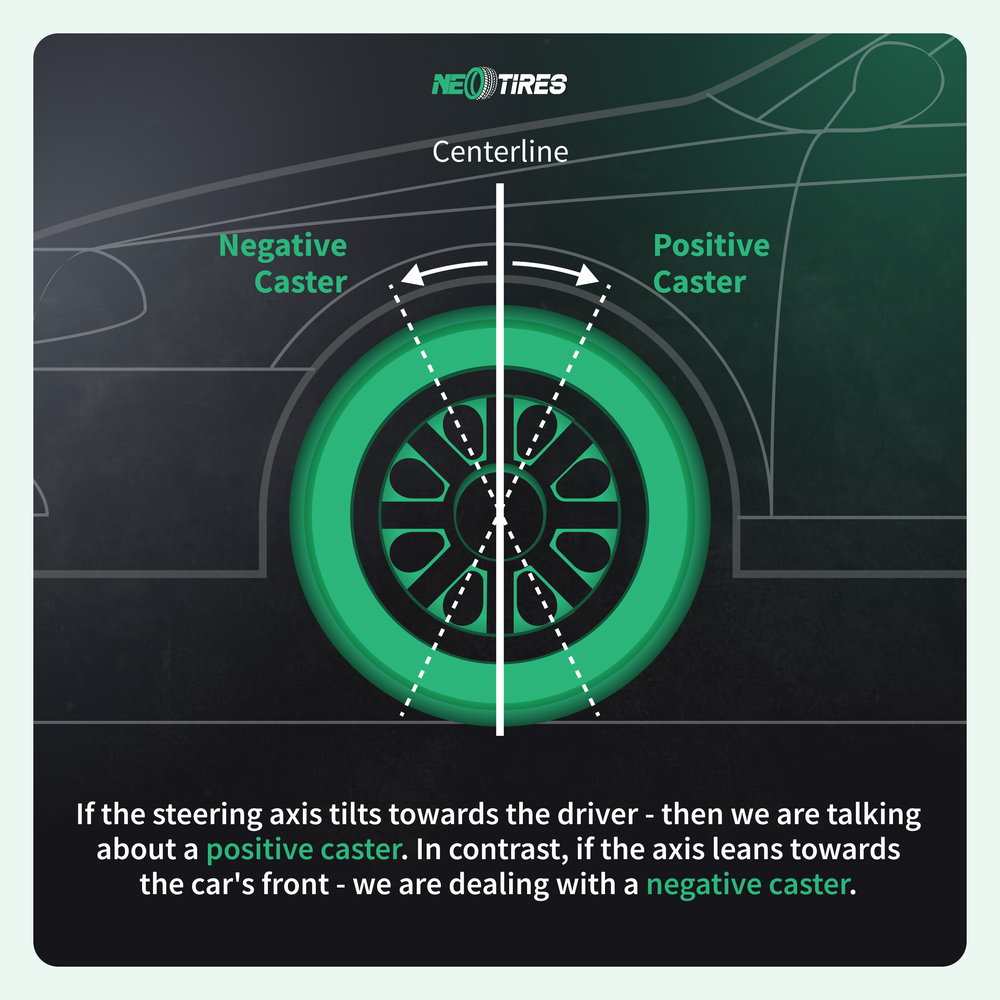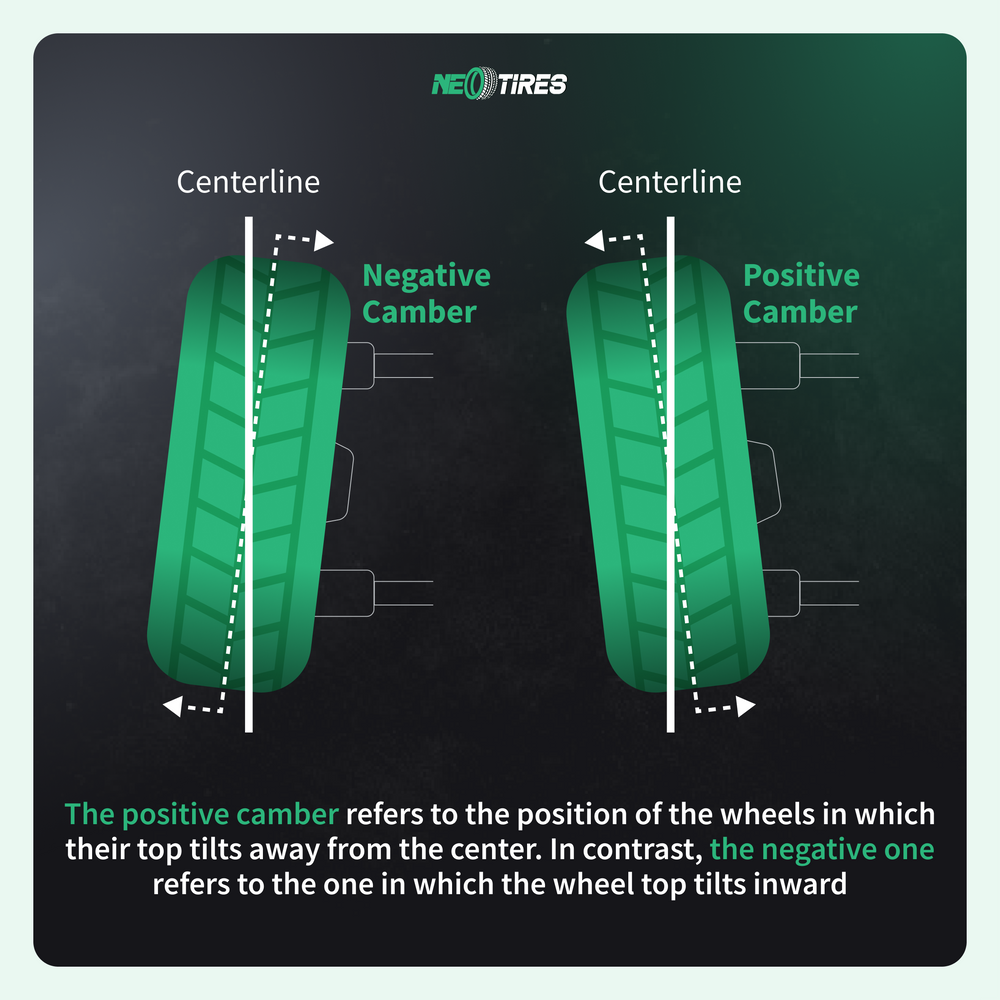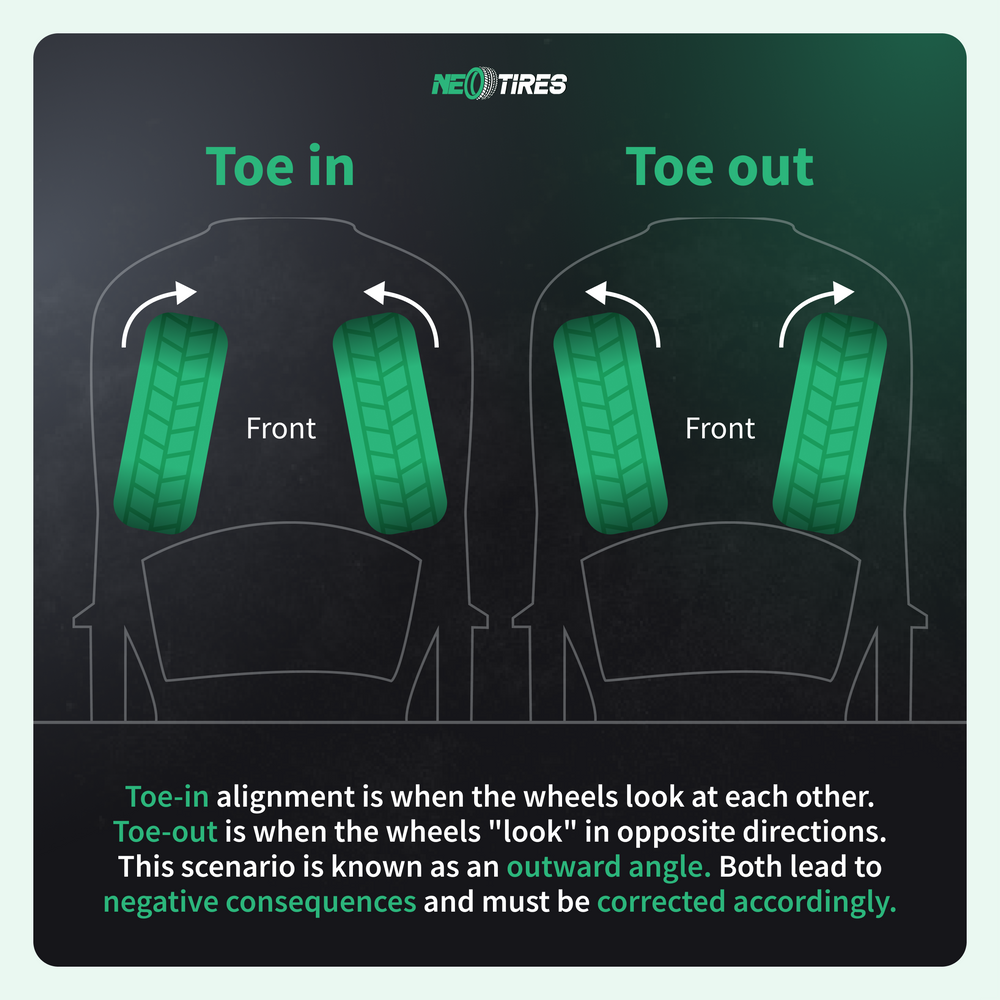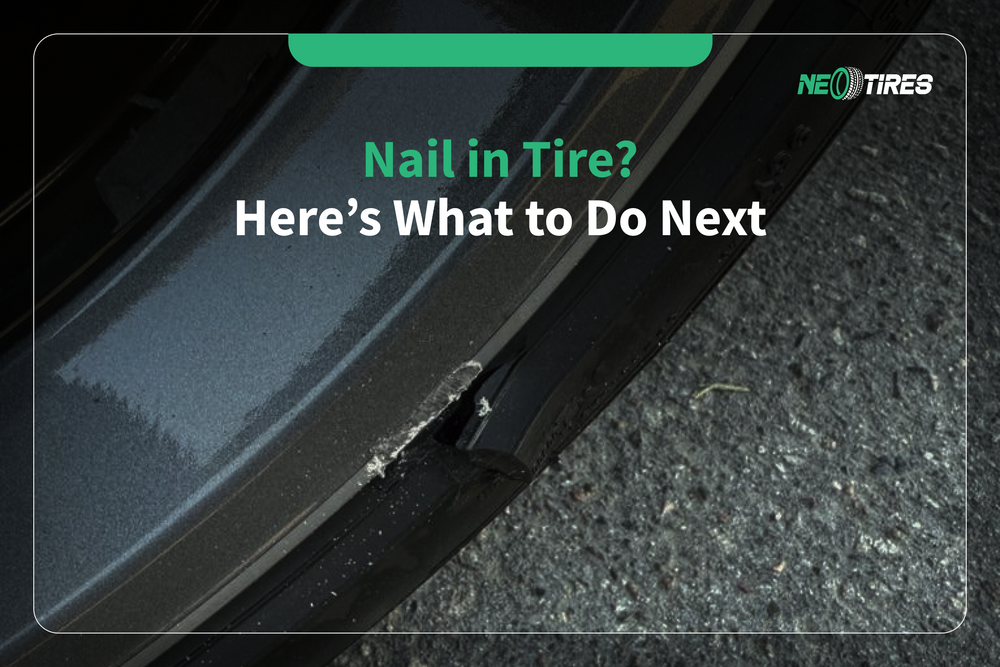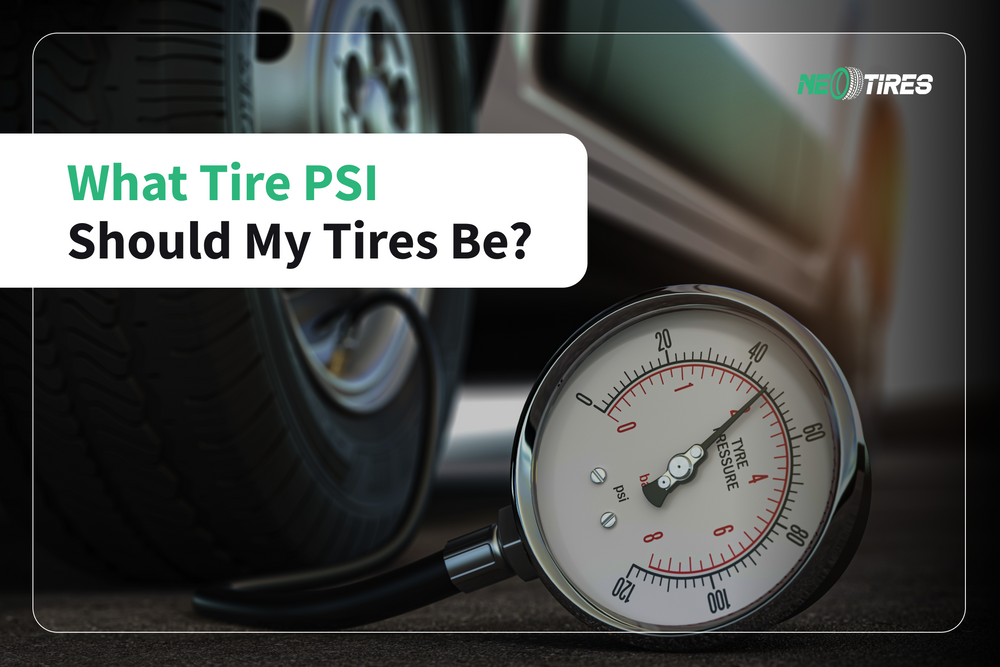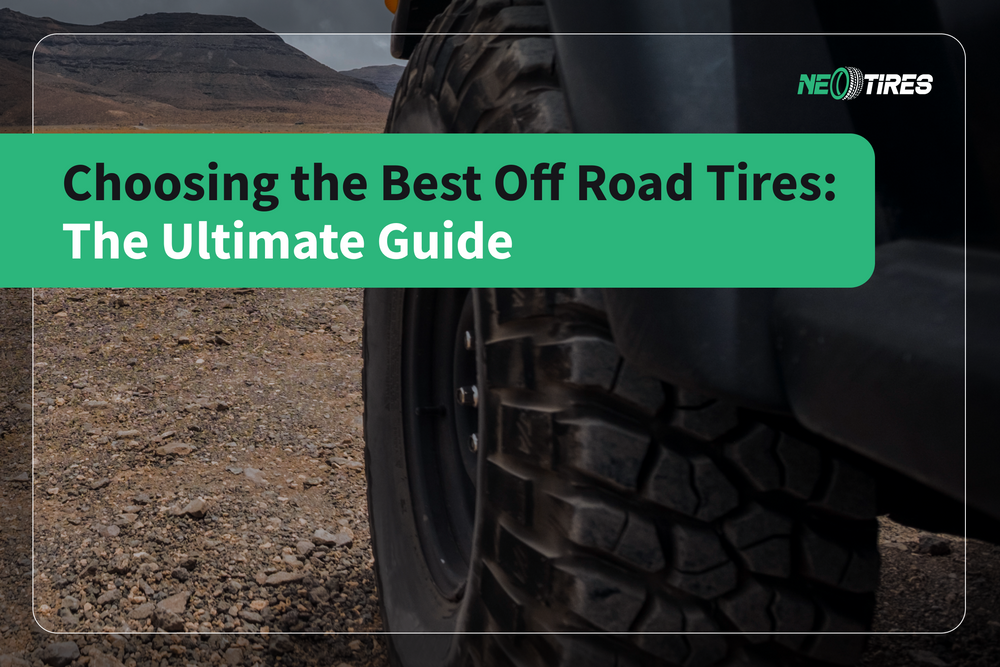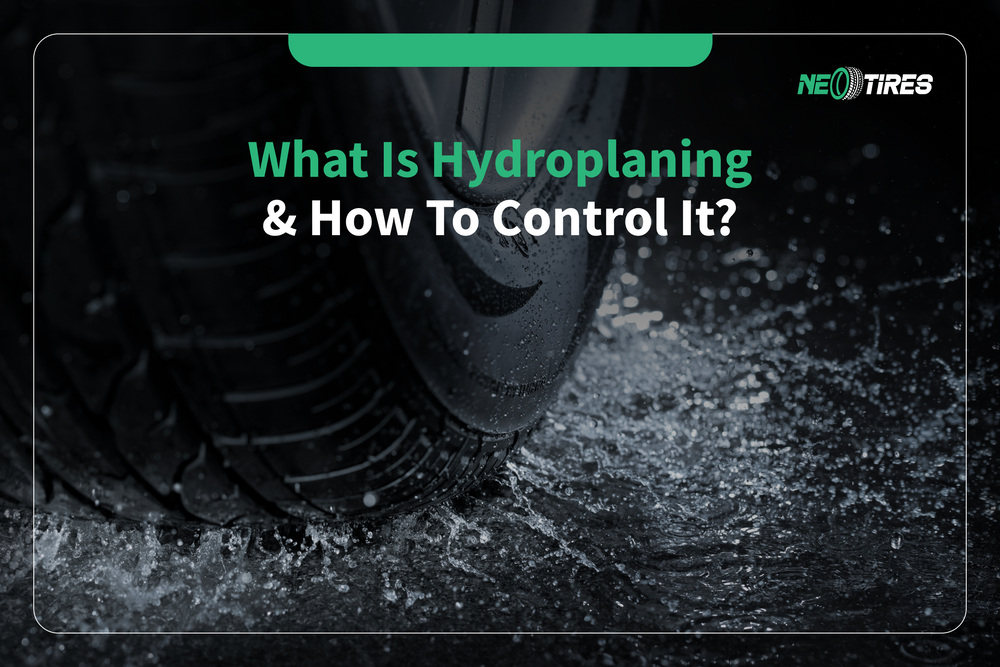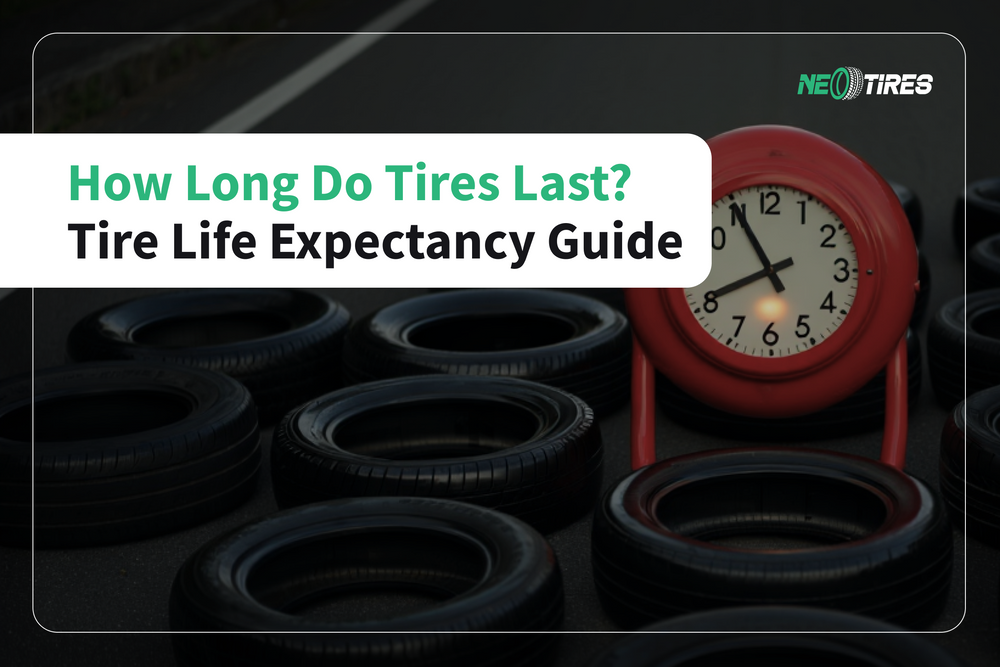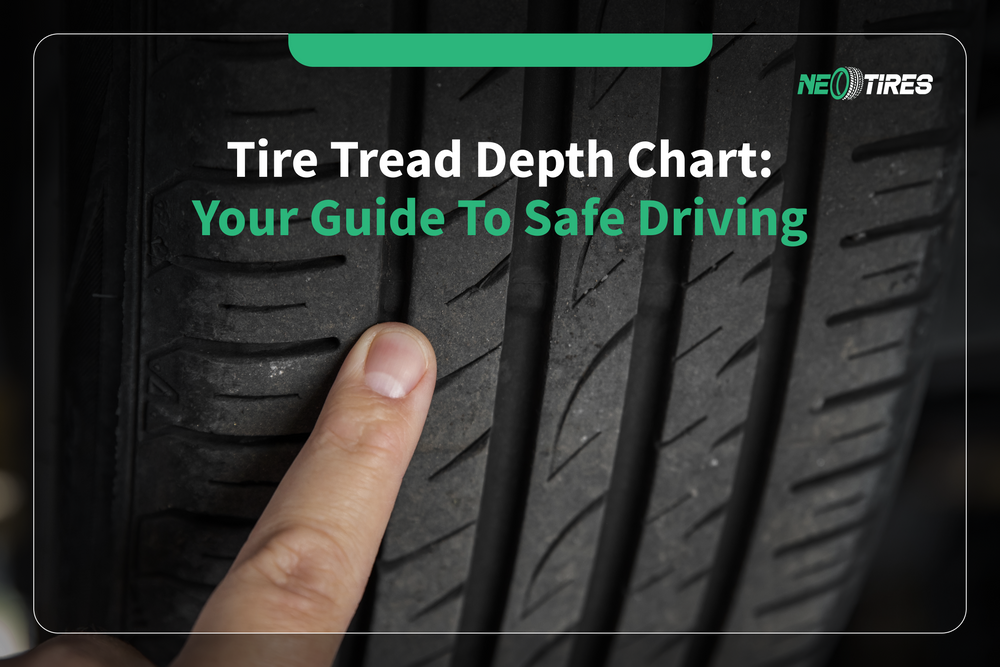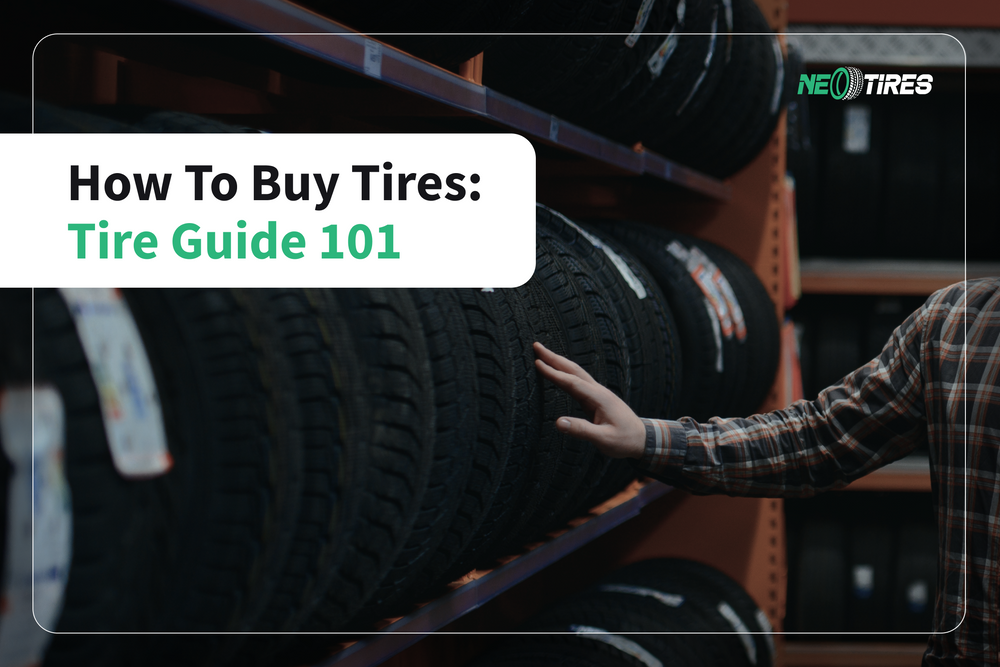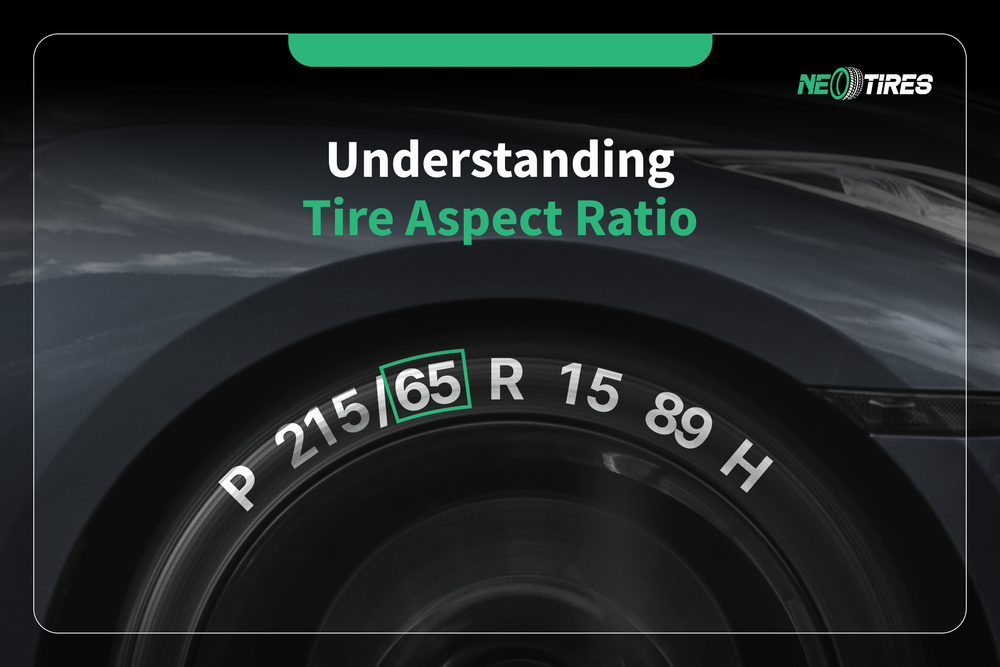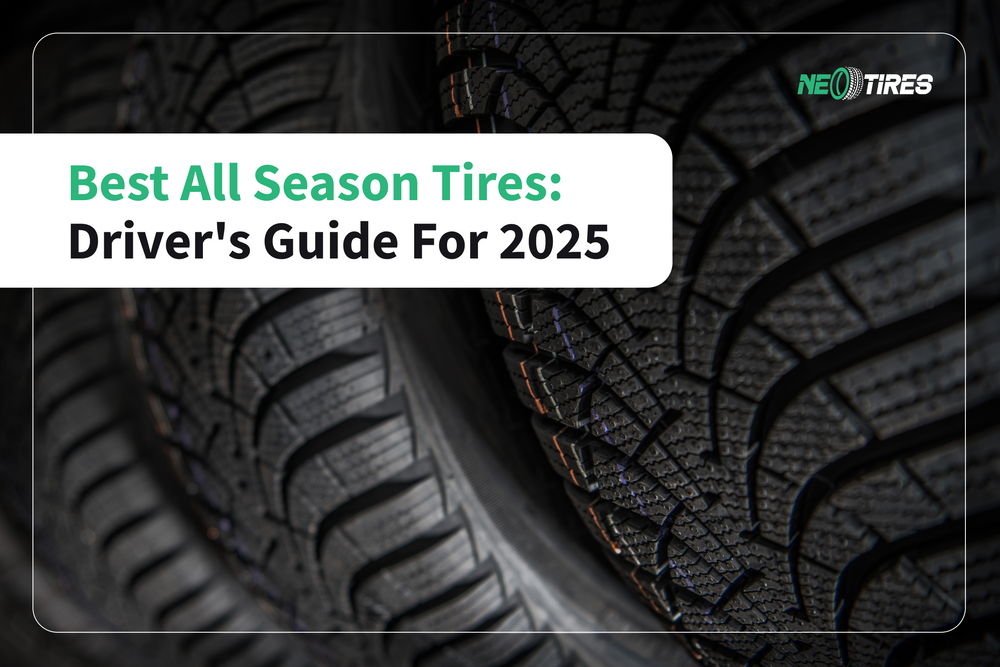If you are somehow familiar with the vehicles' construction, you must have heard how important wheel alignment is. This term refers to a procedure that mechanics do to your car to ensure the tires have a correct position on the road. The car runs much more efficiently and more stable when the tires have a correct alignment.
Many of us have traveled at least once in a car, ours or someone else's, and might have heard a specific sound. It seems to come from the engine, but also seems to come from the suspension system. At the same time, the car appears to pull to one side, when the steering wheel is kept straight. Well, these are nothing but signs that the car needs some wheel adjustments. However, you should know that these are not the only signs that suggest a wheel misalignment. Stay with us to find out how to decipher the language of your vehicle to know when it's time for a wheel alignment.
Is It Bad To Drive With Misaligned Wheels?
Absolutely. The danger persists and is quite high. The statistics show an impressive number of road accidents because the car is driving out of lanes due to misalignment. Apart from the eminent risk of accidents, tires deteriorate prematurely, generating additional costs. The incorrect position/angle of the wheels results in excessive friction between the road and the wheels. Consequently, the outer layer of the tires becomes thinner. This consequence entails uneven traction and eminent risk of hydroplaning in wet conditions. You can prevent this whole chain of adverse effects by periodically adjusting the wheel alignment.
What Are The Main Causes of Wheel Misalignment?
The brand-new car has perfect wheel alignment. But this condition doesn't last long because the car starts to be subject to different influencing factors. Bumps, potholes, aggressive driving style - all cause an imbalance in the wheel angles. So, wheel misalignment is, in fact, a natural phenomenon that occurs with the natural use of the vehicle. During its operation, the car gradually wears out including all of its suspension components. Through careful and wise driving, we can minimize the impact of this phenomenon, but we cannot avoid it completely.
The architectural modifications that some car enthusiasts prefer to make to their cars can also lead to wheel misalignment. For example, many drivers change the height of their cars, omitting the adaptation of the suspension system. This leads to a severe misalignment because the angles between the body and the suspension undergo major changes.
What Is Wheel Alignment, by Definition?
Wheel alignment involves 2 major aspects: establishing the correct angles of the wheels to the road and establishing the correct angles to the other tires. This procedure is done at the level of the suspension system, unlike the tire rotation which many confuse. So, wheel alignment does not consist so much of working with the wheels as with the suspension system. It is at the level of the suspension that the mechanics make changes and adjustments to correct the angle of the wheels.
Wheel Misalignment Disadvantages
#1: Accidents
As I mentioned before, you are subject to imminent risks if you ignore this issue. The first and most dangerous consequence refers to possible accidents. While driving, wheel misalignment pulls the car to one side. Even if you adjust the steering wheel, the vector of the vehicle is not correct and in a second, you could lose control. In addition, if the angles of the wheels are highly misaligned, the steering becomes much too difficult to control. Driving in such circumstances is even more difficult if the weather is unfavorable or the road conditions are bad.
#2: Premature Tire Wear
With wheel misalignment, you can expect premature tire wear. It only takes a few months for the tires to start losing structure in the context of a misalignment. It is important to inspect the tires regularly to detect the problem at an early stage. Many drivers are sure that the tires are in ideal condition because they rotate them timely. However, they do not realize that they are severely damaged due to misalignment. Worn tires are one of the fiercest enemies while driving. There is always the risk of a blowout due to tire thinning.
#3: Additional Costs
Ignoring alignment issues is costly. Not only will you pay for a new set of tires, but you'll also pay for more fuel. Your car will burn more gas because it will need more energy to cope with the additional effort. Yes, misaligned wheels generate an additional effort to the car so that it can offer decent traction. Once you regulate the issue, tires become more fuel-efficient.
#4: Comfort Issues
Driving with misaligned wheels will impact your comfort. That's because instead of feeling relaxed at full speed, you'll feel an uncomfortable vibration in the steering wheel all the way. In more pessimistic cases, the car will even shake, turning your ride into a nightmare. Last but not least, the car pulling on one side will neither give you the comfort you expect.
Pay attention to the symptoms of vibration and shaking. These can be the result of other defects besides wheel misalignment. It is of the utmost importance to call a mechanic once you feel them while driving.
#5: Difficult Braking And Tire Squealing
Besides the potential unpleasant vibrations, you will encounter difficulties while braking and cornering. This is because tires tend to squeal with wheel misalignment, leading to driving difficulties. The car will not be as responsive in situations of maximum vigilance such as safe braking. So, misalignment is an issue that causes maximum discomfort while driving and is an imminent risk for drivers.
How Do You Know You Need Wheel Alignment?
Now that you know more details about this topic, you will be able to easily recognize the possible problem with your wheels. The symptoms I talked about above suggest a possible misalignment and you need to look for a mechanic right away. Otherwise, you risk undergoing severe damage, to both you as a driver and your car.
However, the mentioned symptoms can refer not only to misalignment. They can appear as a result of the failure of other systems in the vehicle. So, it is your responsibility to take the car to the service. The mechanic will inspect it and decide whether or not it needs alignment. What will the expert draw attention to in order to understand if it is an alignment problem? He will draw attention to the 3 primary clues: caster, toe, and camber. What are these? You will find out immediately.
Caster
Do you remember when I told you about adjusting the angles? These 3 terms determine the angles of the wheels from different positions. The caster angle is somehow responsible for your car's ability to corner, as well as its overall stability on the road. It also regulates the steering axis. Mechanics usually detect it by looking from the sideways of your car. If the steering axis tilts towards the driver - then we are talking about a positive caster. In contrast, if the axis leans towards the car's front - we are dealing with a negative caster.
A correct caster angle provides an equal balance between the wheels, improving the stability of the car at high speed and the agility of the car while cornering. In most cases, the cars have a correct caster set by default by the manufacturer. The cars that are subject to customization are the ones that usually need caster alignment.
Camber
If you look at the car from the front, you can detect irregularities in the inward and outward angles. This means that we are dealing with camber misalignment. Probably, an ordinary driver will not visually detect irregularities of the angle easily. But a professional with a trained eye will surely do. Camber misalignment is when the wheels tilt too much in or out when they should be perfectly perpendicular to the road. Even a small misalignment of the angle makes the traction of the vehicle difficult.
As in the case of a caster, the camber misalignment can be positive or negative. The positive one refers to the position of the wheels in which their top tilts away from the center. In contrast, the negative one refers to the one in which the wheel top tilts inward. Those positions adversely affect the car's performance and the condition of the tires.
Toe
The third aspect of wheel alignment refers to the toe angle. It is about that specific angle that the mechanics observe when inspecting the car as if looking from above. In this case, again, we are dealing with 2 scenarios. One is when the wheels look at each other, which is known as toe-in alignment. The second is when the wheels "look" in opposite directions. This scenario is known as an outward angle. Both lead to negative consequences and must be corrected accordingly.
Typically, on most rear-wheel drive cars, the angle is set between neutral and some toe-in. This is beneficial for the car stability. But, too much toe-in leads to treadwear outside the tire edges. On the other hand, some front-wheel-drive vehicles have the toe set between neutral and slightly out.
This is beneficial for the sharpness in steering control as well as adds some points to traction. But, too much toe out leads to premature tread wear specifically on the tire’s inside edges. With these in mind, wheels that aim straight ahead near zero toe cause the least tire wear. Therefore, setting the angles to the manufacturer’s recommendations is essential in maintaining vehicle integrity and tire longevity.
Bottom Line
The wheel alignment procedure is your duty as a driver to have a safe drive and not to endanger the ride of other drivers. All new cars have perfect wheel alignment when they leave the factory. The technicians do nothing but bring the wheel alignment to the same position in which it was initially. Road and vehicle wear and tear will inevitably lead to misalignment. It's just a matter of time. As a responsible driver, you must take action whenever your car suggests that the wheels are not aligned properly. Be responsive to these symptoms and do not delay the visit to the mechanic.
Wheel Misalignment: FAQs
What Are The Symptoms Of Misaligned Wheels?
As a rule, wheel misalignment is manifested by the symptoms below. However, keep in mind that these can also indicate other issues not necessarily related to alignment. So, the best you can do is to consult a mechanic who will identify the exact source of the problem:
- uneven and progressive tire wear
- vibrations and shaking while steering the wheel
- poor and lazy steering response, without precision and agile reaction
- pulling to one side even if keeping the wheel straight
- squealing noise especially in corners
Is It Okay To Drive With Misaligned Wheels?
No, it's not ok. Specialists and mechanics recommend against driving with misaligned wheels as you are subject to severe adverse reactions. Apart from the discomfort that wheel misalignment generates, driving becomes unsafe. The responsiveness and maneuverability of the vehicle can decrease a lot, which can make it difficult to control it. Tires wear out prematurely, the vehicle consumes more fuel - all of this increases maintenance costs. It is much more reasonable to align the wheels both for your safety and for your wallet.
What Are The Main Causes Of Wheel Misalignment?
Misalignment occurs due to several contributing factors simultaneously. It is difficult to say which factor has a greater influence. Statistically, vehicles exposed to sudden jarring and aggressive impacts on irregular roads are the most exposed to wheel misalignment. The heavy and frequent impacts lead to the shifting of the components out of place and the loosening of the details, which consequently increases the misalignment. Having said that, aggressive, injudicious, and rigid driving, especially on irregular surfaces, is one of the main causes of wheel misalignment.
What Does Bad Alignment Feel Like?
The most common signs include but are not limited to vibrations during rolling. These occur as a result of the tires rolling against each other instead of maintaining a fixed position in the same direction. Also, uncommon noise is a frequent sign of misalignment. It is good to avoid the music in the cabin from time to time and to pay attention to the noises of the vehicle. Last but not least, the vehicle will pull to one side even if you keep the steering wheel straight. With these signs, consultation with a mechanic is essential.
What Does a Bad Alignment Sound Like?
Wheel misalignment can be accompanied by specific noises. However, this does not always happen. Either way, the noise is more like a whirring and humming and typically occurs at the tire level. We recommend being alert to specific noises because they can also indicate a more severe issue with the suspension besides wheel misalignment.
Do All Wheels Need Alignment?
Aligning all 4 wheels on both axles is highly recommended. Some types of vehicles can only be limited to aligning the front wheels if we are talking about vehicles with solid rear axles. However, it is a great idea for the mechanic to at least take a look at the other axle to make sure that there are no deviations. For safety reasons, aligning all 4 wheels is the best maintenance approach.
How Often Should You Get a Wheel Alignment?
If the driver does not notice any signs that would make him do the alignment sooner, every 2-3 years period is the right way to go for this procedure. Many drivers even opt for alignment every time they change their oil, which is also a great way to make sure their vehicle is in a healthy condition.
Is It OK To Drive On New Tires Without Alignment?
Specialists recommend wheel alignment before installing new tires. The misalignment manifests itself at the suspension level. Some components and suspension parts may become loose or shift due to various road conditions. In this context, the new tires can undergo early wear because the impaired suspension does not ensure a correct position on the road. As such, wheel alignment is not mandatory but highly recommended so that the new tires perform as they should and serve for a long time.
Why Trust Us?
We are a team with a great passion for vehicles, engines, tires, and superior driving experience. Tires have become our object of study because they have a major influence on the performance of vehicles in various conditions. For more than 5 years, we have been testing them in various conditions, comparing them, and analyzing what exactly makes them perform in various circumstances.
With that said, we have become qualified professionals in this industry and we are proud that we can contribute to improving the driving experience of every motorist. Here, at Neotires, we don't just sell tires at an affordable price. More than that, we make sure that each customer finds the right tire that matches his specific needs in the best possible way.
You can count on us when you want to know more about tire products, tire brands, and driving tips from experts in the field. Our mechanics, qualified assistants, and content creators make sure to provide trustworthy information and recommend the best products for your needs. Feel free to contact us anytime. Drive safe and choose your tires wisely!





